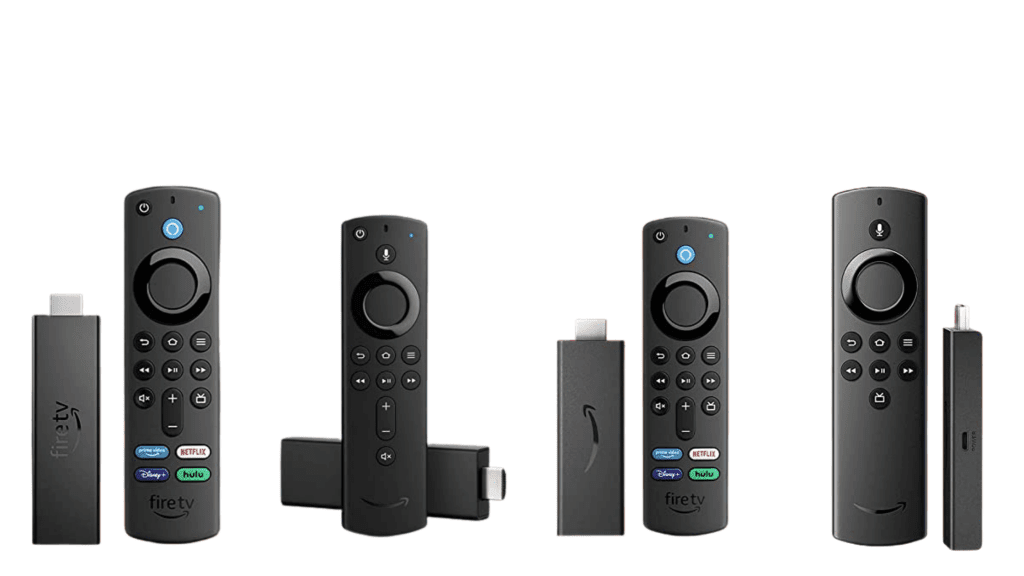

Note the mention of “ideal conditions” in that first sentence of the previous paragraph. 5GHz WiFi will support speeds of up to 1300 Mbps. Under ideal conditions, 2.4GHz WiFi will support connection speeds of up to 450 Mbps or 600 Mbps, depending on the class of the router. On the other hand, in a densely-populated WiFi area, in these days of Internet of Things (IoT) devices – like WiFi doorbells, refrigerators, security cams – the 2.4GHz bands can get crowded.

Note: a 5GHz connection isn’t nearly as good as a 2.4GHz connection at penetrating objects and walls. This means that while your connection speeds will be faster, you might have connection issues in remote parts of your home or office. However, its signal only covers shorter distances. So, while your WiFi signal may cover your entire home, even being strong enough to reach the backyard, you may not be getting all of the performance your wireless router is capable of.Ī 5GHz wireless connection will provide a faster connection. The major difference between a 2.4GHz and a 5GHz wireless connection is the range and bandwidth.Ī 2.4GHz wireless connection is more effective at covering farther distances, but will usually do so at a lower speed. What’s the Difference Between 2.4GHz and 5GHz?īefore we go any farther, let’s take a look at the differences between a 2.4GHz and a 5GHz wireless connection. I will then instruct you on how to set up your router in order to tune into that channel. In this step-by-step guide, I will show you how to improve your WiFi connection by finding the best WiFi channel for your router, PC, mobile device, gaming console and even your refrigerator. You can do this by switching to a channel that either has no other users (or significantly fewer users) than the current channel you’re using. Luckily, there is a way to improve your WiFi connection’s reliability and download speeds. The more people who try to use a particular highway, the slower the traffic. These issues are often caused by the large number of people attempting to connect to the internet, causing an overload of wireless signals using the same network channel.

That said, if you live in an apartment building or a densely populated area with homes close to each other, you might experience frequent network timeouts, disconnection issues or an overall slow internet speed. WiFi networking is a proven technology, and as a rule it’s a technology that works well.

Your WiFi network broadcasts a signal on a certain channel, which your connected device connects to for its internet connection. You, me, our next door neighbors – we all likely have a home WiFi network in our homes.


 0 kommentar(er)
0 kommentar(er)
